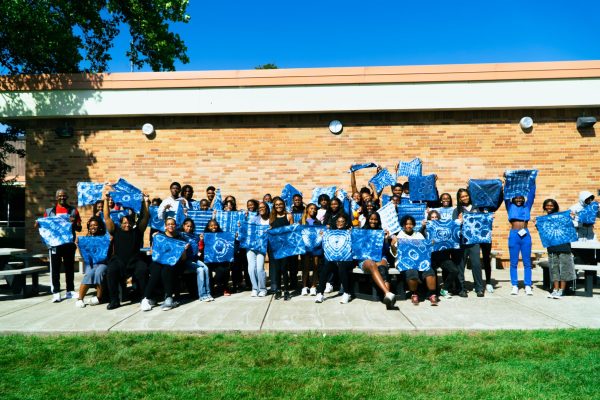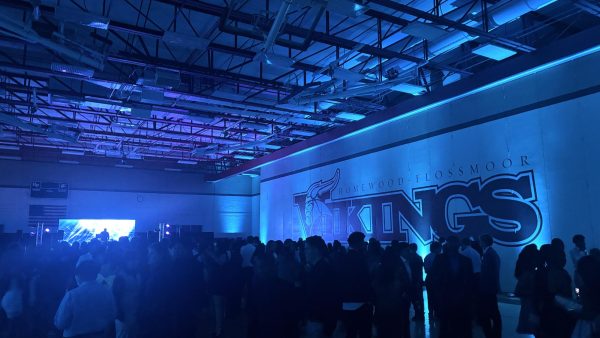We’re 60
Since Sept. 6, 1959 there has been 60 volumes of The Voyager, making this year our 60th anniversary. The first ever issue of the newspaper wasn’t even called The Voyager, it was just named “??????.”
Emily Siner, editor-in-chief in 2009, said The Voyager influenced her decision to become a journalist. Siner is the News Director of Nashville Public Radio and host of the Movers & Thinkers podcast.
“The Voyager was such a real responsibility for a high schooler,” Siner said. “It gave me the confidence to join the staff of a magazine in college, which in turn allowed me to seek out journalism internships and realize that’s what I wanted to do as a career.”
Siner also said she loved the “frenzy” of production week and the satisfaction of finishing the newspaper every month.
“I loved [it] — marking up pages with edits, putting the final touches on design, all the scrambling to make deadlines. And then at the end, when I saw my classmates picking up a copy of the paper, I felt so much pride in our collective work,” she said.
New York Times political reporter Astead Herndon, who also wrote for The Voyager, had a column called “Astead’s Head” and said he enjoyed his time writing for the paper.
“I had fun and enjoyed spending time with friends. This was my first experience with the journalism process and for that I’ll be grateful,” Herndon said.
Over the years The Voyager has changed in numerous ways, but one thing that hasn’t is the commitment of the staff and sponsors of the paper, Superintendent Dr. Von Mansfield said.
“We’ve always had very eager and capable students as well as really dedicated sponsors on The Voyager,” he said. “It really takes someone who has a passion on both of those sides to make the school newspaper work and be outstanding.”
Mansfield reflected on the 50th anniversary, which occurred 10 years ago, to highlight the changes that have been made to the paper.
“Everyone was so excited just to see H-F reach half a century. There was a real emphasis on what technology looked like then and how much it changed even 10 years later,” he said. “So when you talk about the newspaper it’s not always the hard print [now] you can actually get it online. This is one of the real changes that are very notable.”
English department chair Janet Daniels said student newspapers give students a sense of “tradition” because many of them may not read print newspapers.
“It’s really important for students to have a place that they are comfortable in connecting with issues in the school and the world. I think high school students find newspapers as an easy point of access for information in these two places,” she said.
Despite the fact that student journalistic rights have been debated in court cases like Hazelwood School District v. Kuhlmeier, for many, journalism is an important part of a high school.
“For one thing, it teaches media literacy,” Siner said. “Even for students who won’t end up becoming journalists, it’s becoming more and more vital to know how to seek out truthful, well-reported information. There’s just so much out there online that is not journalism, and some people don’t know the difference.”




